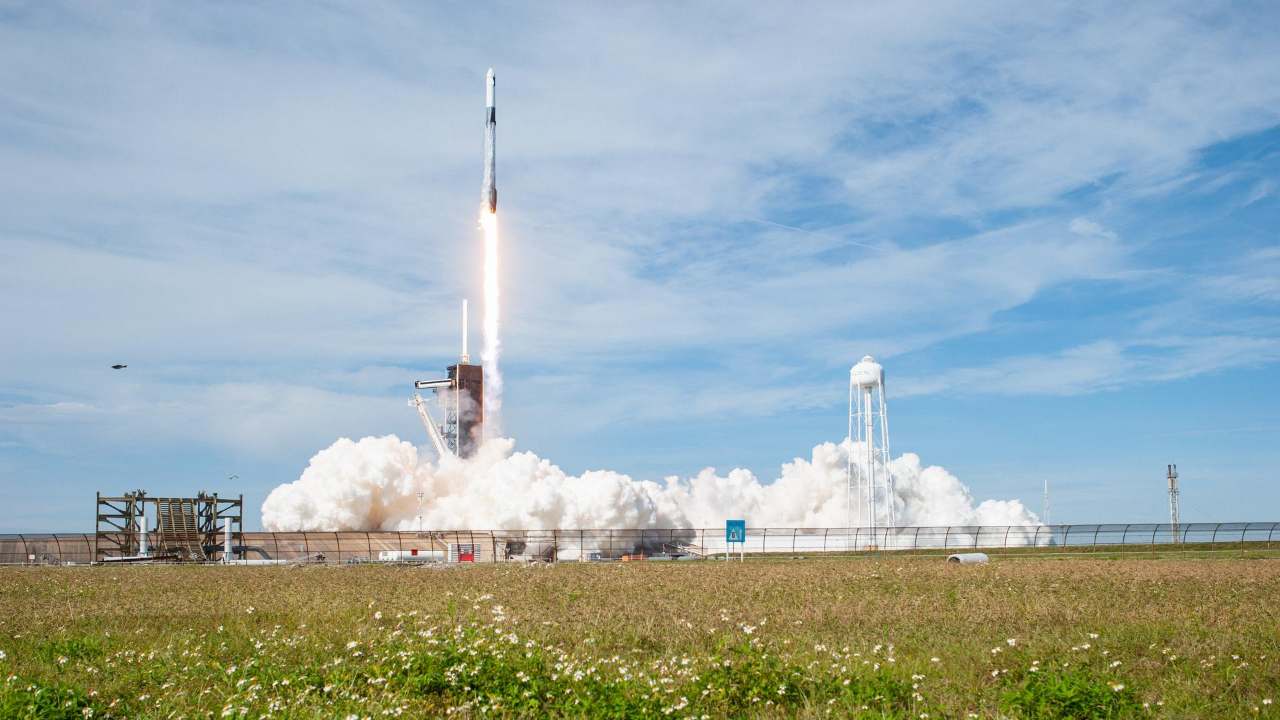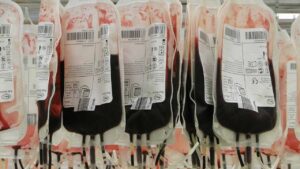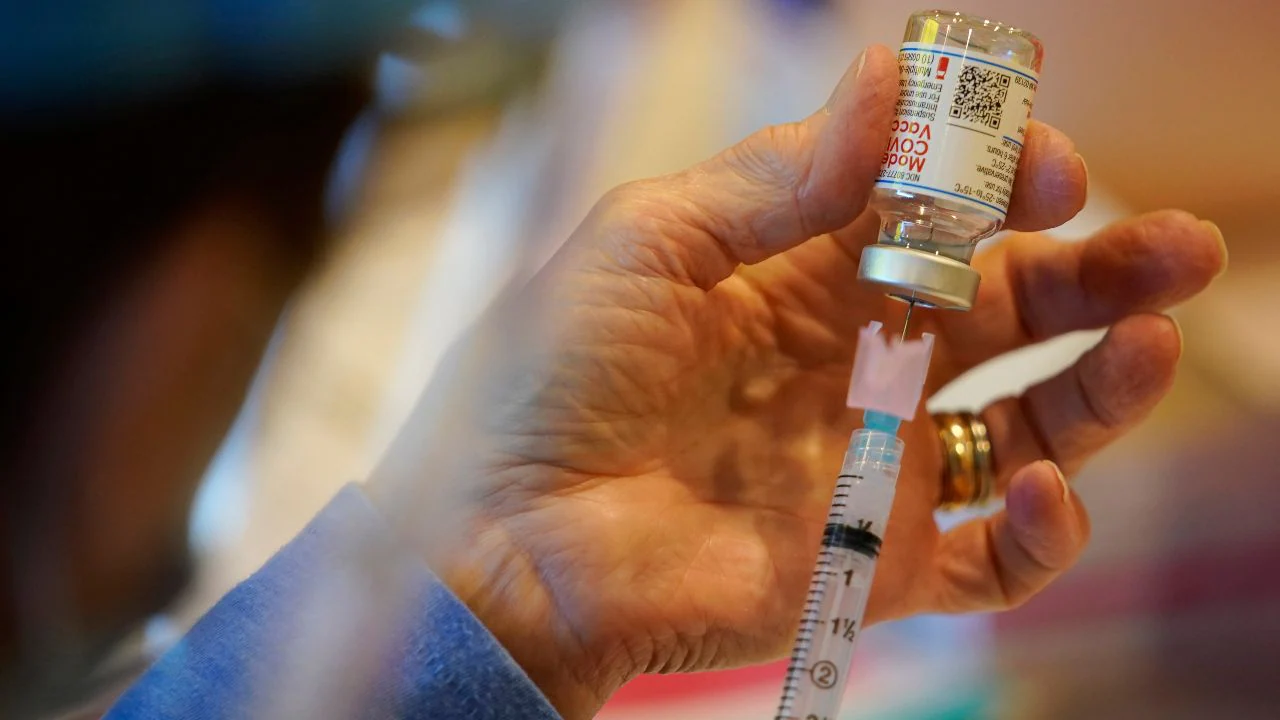tech2 News StaffJun 03, 2021 20:24:08 IST
Onboard SpaceX’s Falcon 9 rocket, a Cargo Dragon ship will be launched from NASA’s Kennedy Space Center today, Thursday, 3 June, at 10:59 pm IST (1:29 pm EDT). This will be SpaceX’s 22nd resupply mission to the International Space Station (ISS). It will be carrying 7,300 pounds of science, research, crew supplies and hardware. Since SpaceX spacecraft are reusable, this will be the first flight for this particular Dragon. After it delivers its goods, the spacecraft will hang around the ISS for almost a month and return in July along with 5,300 pounds of cargo.
Some of the science experiments headed to the ISS include a solar array, a portable ultrasound, tardigrades and baby squid.
The solar panels are being sent to the ISS to boost the amount of energy available for research and other operations. The iROSA is made up of small panels that roll open like a long rug, thanks to technology previously exhibited at the station. The first pair of six new rigid panels will be installed this summer by the Expedition 65 crew, to supplement the station’s existing rigid panels.
An interesting science experiment that will be studied on the ISS are water bears. They are tiny critters commonly found in water and look like a combination of chubby bears and single-eyed aliens. Called tardigrades, they are about one millimetre in size and are almost indestructible. Due to their size, they can only be viewed under a microscope, and 5,000 of them are making their way to the ISS.
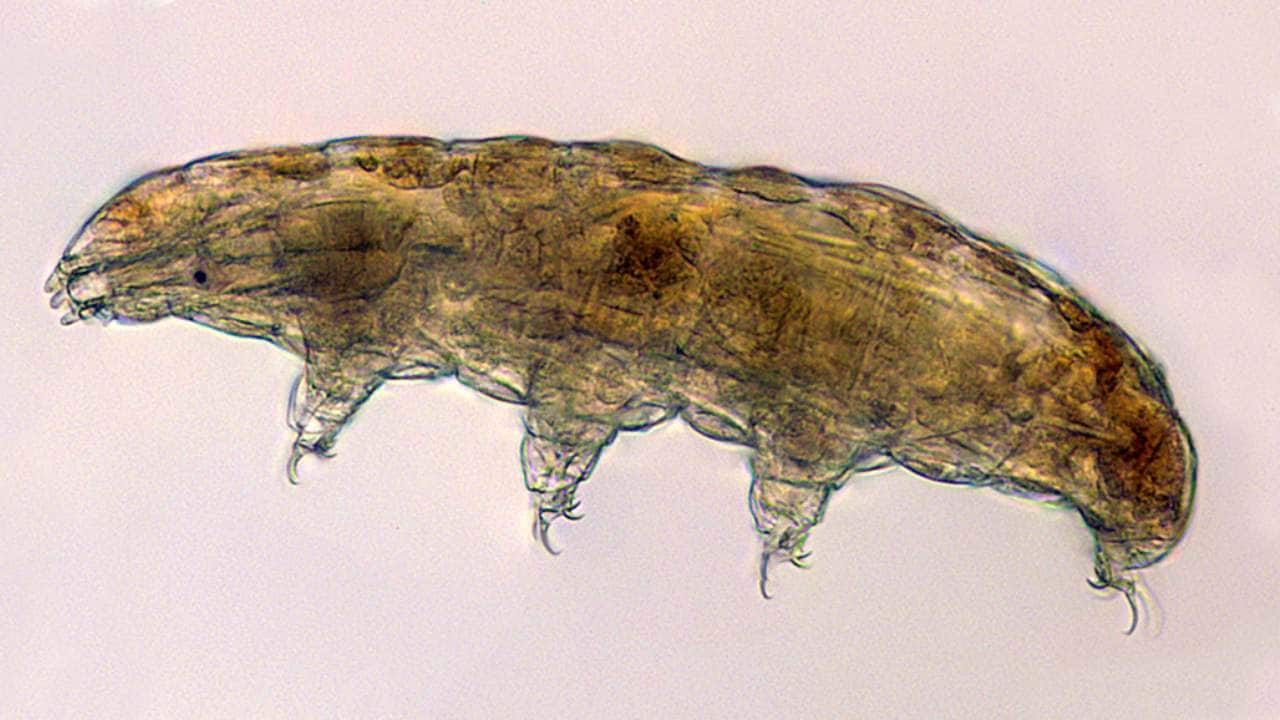
Cell Science-04 flies tardigrades, or water bears, to the space station for a study seeking to identify the genes involved in their adaptation and survival in high stress environments. Image: Thomas Boothby, University of Wyoming/NASA
They can survive in almost any extreme environment and are “a model organism for studying biological survival under extreme conditions on Earth and in space.” In space, researchers will try to identify which gene allows tardigrades to adapt and survive in high-stress environments.
Also making their way to the ISS are 128 glow-in-the-dark baby squid who will try to help researchers understand the symbiotic relations between microbes and their animal hosts. Microbes are important for developing tissues and maintaining human health. They are also hoping to find out if space flight affects this relationship, in order to find ways to preserve astronaut health on long-term space missions.
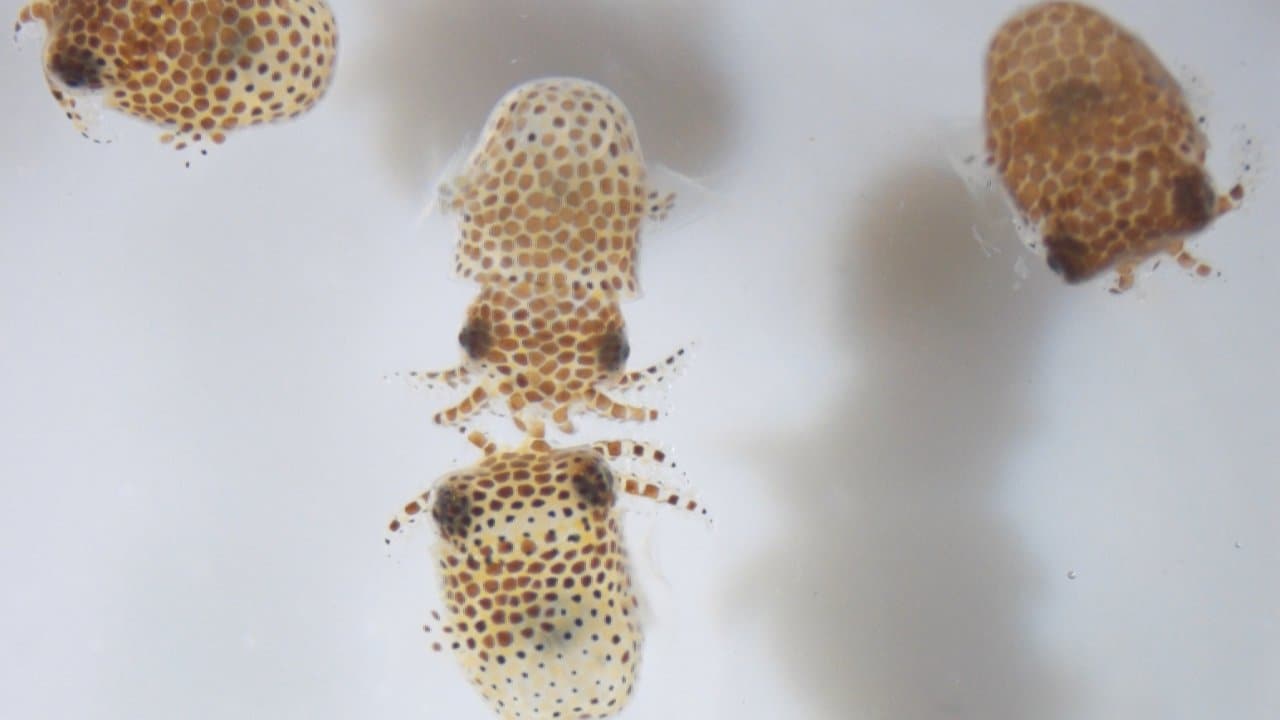
These immature bobtail squid (Euprymna scolopes) are part of UMAMI, an investigation that examines whether space alters the symbiotic relationship between the squid and the bacterium Vibrio fischeri. Image: Jamie S. Foster, University of Florida/NASA
UMAMI principal investigator Jamie Foster said, “Animals, including humans, rely on our microbes to maintain a healthy digestive and immune system. We do not fully understand how space flight alters these beneficial interactions.”
Astronauts are more susceptible to developing kidney stones in space. This could negatively affect their health, and could also prove to be a hurdle to the success of the mission. In order to find out why this happens, the Kidney Cells-02 investigation uses a 3D kidney cell model to study the “effects of microgravity on the formation of microcrystals that can lead to kidney stones.” Researchers believe this could help improve the lives of astronauts in space as well as on Earth if they are able to find a way to prevent and treat kidney stones.
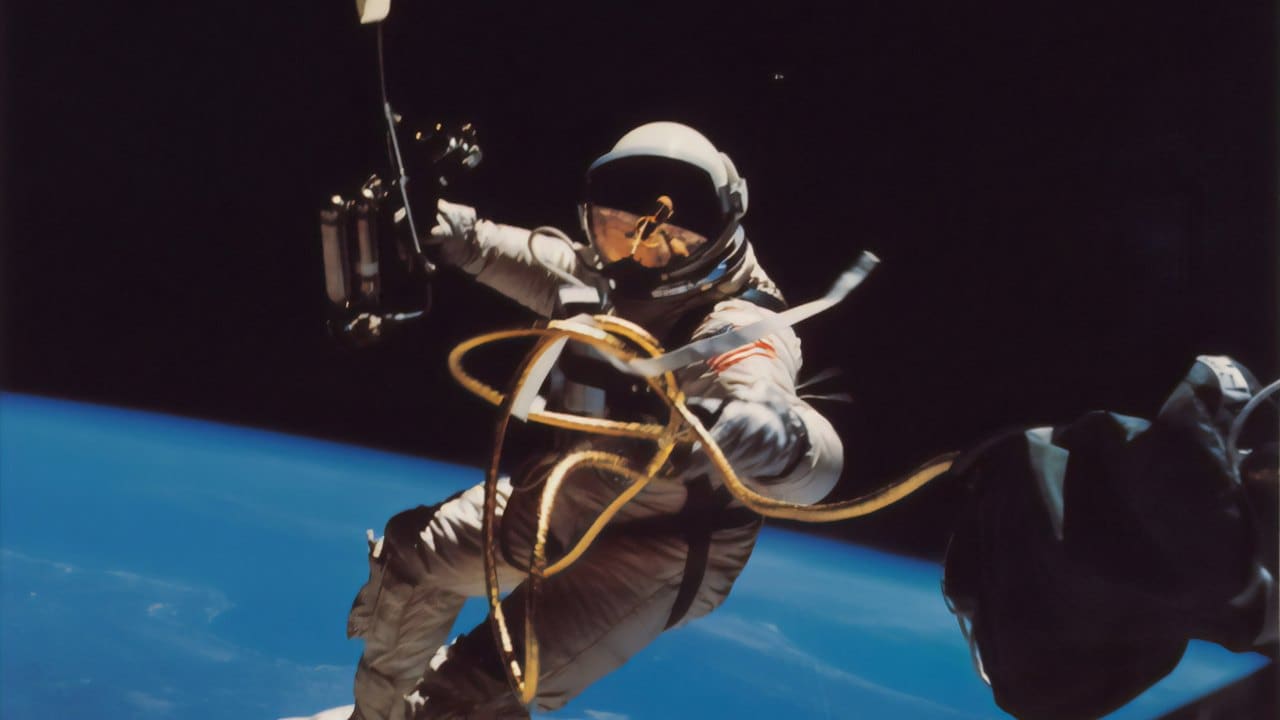
Astronauts are more susceptible to developing kidney stones during space flight.
“With this study, we hope to identify biomarkers or ‘signatures’ of cellular changes that occur during the formation of kidney stones,” says principal investigator Ed Kelly.
“The rationale for conducting this study on the space station is that the microcrystals behave in a manner like what happens in our own kidneys, meaning they stay suspended in the kidney chip tubes and do not sink to the bottom like they do in labs on Earth.”

